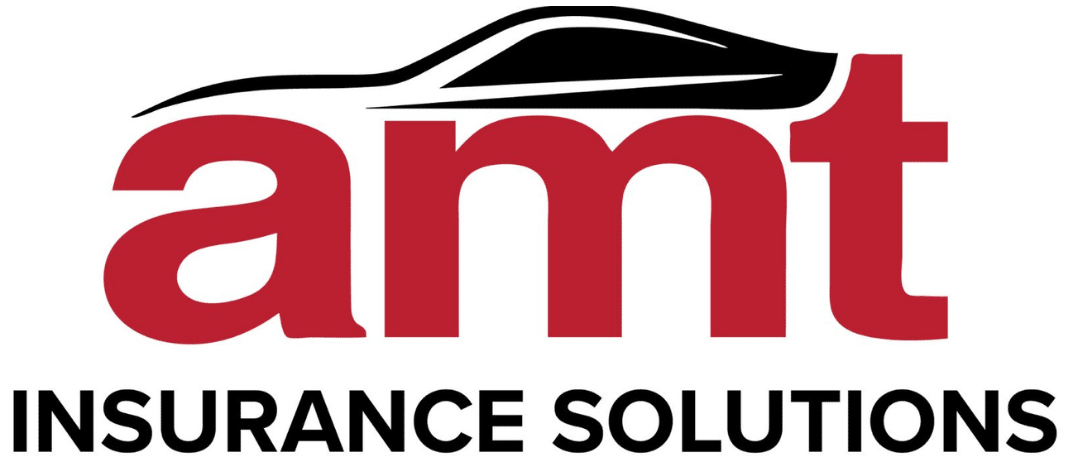
Ways to Keep your Drivers Safe & Reduce Claims Costs to Control Rising Premiums – Part 2
April 29th 2024
In this second part of our 2-part series, we talk about more areas that can cause safety issues for commercial drivers and the ways in which you can advise your employees, in order to help keep your insurance premiums low by avoiding risks.
Safety stands as a fundamental pillar for any business and is safeguarded by various laws and regulations through the Highway Code and the Road Traffic Regulations Act. It’s crucial that everyone, from drivers to company managers, not only recognises but also fulfils their safety responsibilities.
- Severe Weather
It may be no surprise to you that 9 out of 10 weather-related deaths and serious injuries on the roads take place in the rain. Severe weather conditions can affect both steering and braking and topping distances will increase significantly in severe weather. Poor vehicle roadworthiness and poor vehicle maintenance can put a driver at risk in severe weather.
So, what can you do to help?
- Train drivers on safe driving practices in severe weather conditions.
- Keep drivers informed about any severe weather warnings.
- Ensure drivers have enough screen wash to prevent washers from freezing and provide drivers with screen cleaning materials for optimal visibility.
- Establish clear guidelines for driving through floods, highlighting the risks of navigating fast-moving water.
- Implement policies regarding the use of winter and all-season tires.
- Encourage drivers to stick to main roads whenever possible.
- Provide clear guidance on when it’s unsafe to continue a journey, where to park, and safety measures to take.
- Equip vehicles with essentials like snow shovels or snow chains if applicable.
- Maintain regular contact with drivers in remote locations during severe weather.
- Given the sudden onset of severe weather, drivers should check weather conditions before embarking on a long drive.
-
- Speed Limits
Exceeding speed limits is illegal, and it is one of the top causes for road traffic incidents in the UK. Speeding increases the risk of a crash because it reduces a driver’s reaction time. The higher the speed a vehicle travels, the greater the likelihood of serious injury or death if there is a crash.Speed limits change – depending on the road type, size, and weight of the vehicle, and when towing a trailer/caravan. As well as causing legal and financial implications, speeding vehicles can damage a company’s brand reputation and image.
Drivers who speed will be increasing a vehicle’s running costs and impact to the environment. Drivers who speed can be disqualified from driving or have their licence suspended and should be aware that penalties when driving a company vehicle will reflect in their private vehicle’s insurance premium review.
How can you implement good practice to your employees?
- Employees who drive for work receive induction and regular refresher training on legal speed limits and company policies regarding speeding offenses.
- Employee driving licenses, showing penalty points, are checked at the start of employment and at least every 6 months, with higher frequency for high-risk drivers.
- Drivers are reminded to promptly inform both the DVLA and their employer of any changes to their driving license to address Notices of Intended Prosecution.
- Company policy and processes regarding Notices of Intended Prosecution outline responsibilities, provide support to those facing prosecution, including legal advice, and detail company disciplinary action.
-
- Roadworthiness
While there’s no legal requirement for operators or drivers of vehicles under 3500 kgs to conduct pre-use checks, companies are obligated under the Health & Safety at Work Act and the Road Traffic Act to ensure that their vehicles are safe and fit for their intended purpose.
Unsafe vehicles contribute significantly to road incidents and can pose a serious threat to the safety of other road users.
Drivers hold the responsibility of making sure the vehicle they operate is in good condition and defects in safety-related components such as lights, brakes, and tires can lead to penalties for both the driver and the company.
Although vehicles under 3500 kgs typically follow the manufacturer’s maintenance specifications, this may not be sufficient for certain applications. In such cases, drivers must actively report defects as they become known.
Companies are also duty-bound to ensure that all equipment, including vehicles, is well-maintained and suitable for its purpose, with effective maintenance systems in place.
Unroadworthy vehicles often result in road incidents, causing delays and inconvenience for other road users.
As well as helping to keep your insurance premiums to a minimum by helping to reduce potential risks, these will also help you reduce other costs, improve operating conditions and ensure you have safe and legal vehicles and promote wellbeing for your fleet of drivers.
Browse our broad range of insurance options to find the best solution for your business.

